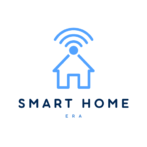
Living in the era of technological advancement, the dream of making your home a “smart home” is now attainable and more convenient than ever. It’s not just about lavish lifestyle or tech-savvy display, it’s about improving your quality of life, bringing efficiency, safety, and peace of mind. Are you ready to make the shift and join the smart home revolution? Let’s break down how to convert your traditional home into a smart home.
Understanding the Basics of a Smart Home
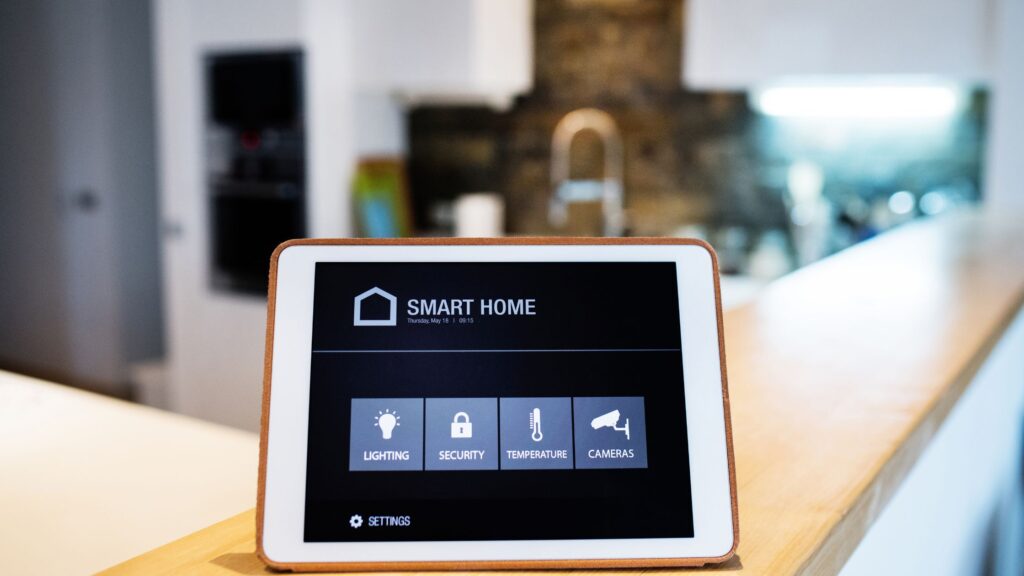
A smart home isn’t just a fancy term for a house filled with the latest gadgets. Instead, it’s an intricate network where multiple devices, systems, and appliances come together, controlled by a central hub to work in synergy. Imagine this: Your smart home takes care of mundane tasks while you unwind after a long day. Your smart fridge lists what you need for dinner, the thermostat adjusts itself to your comfort, your lighting dims to suit your mood, and your locks ensure you’re secure, all at the command of your voice or a tap on your phone. That’s the beauty of a smart home.
It’s akin to having an indefatigable personal assistant who’s always on duty, monitoring and managing your home. From kitchen appliances to security systems, smart homes embrace an array of devices. Each one connected to the other, creating an ecosystem that caters to your comfort, convenience, and safety. It’s about making your house work for you, making life a little easier and a lot more efficient.
Remember, smart homes are about customization and personalization. There’s no one-size-fits-all approach. It’s about creating a living space that responds to your needs and lifestyle, where technology serves you, not the other way around. So, prepare to delve into this revolution, where your home isn’t just a place to live, but a space that truly understands and caters to your needs.
Deciding on Your Smart Home Goals
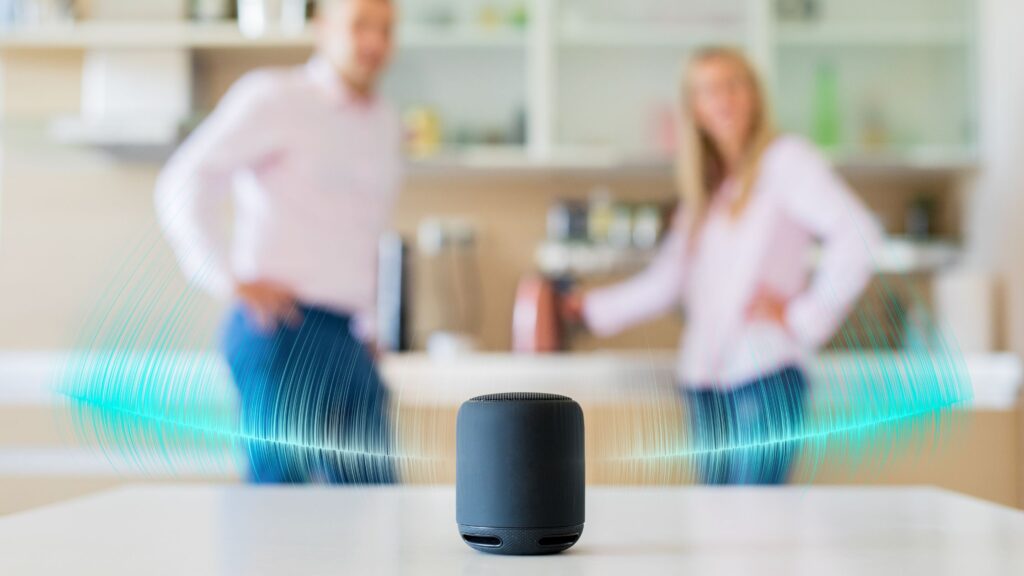
The journey to smart home transformation begins with a road map – your smart home goals. To put it simply, you need to ask yourself, “What do I want my smart home to do for me?” This could be anything from wanting to save on energy costs, wishing for a stronger home security system, or craving the sheer convenience of having your home tasks automated.
If it’s reducing your carbon footprint that you’re after, you might want to consider smart thermostats and lighting systems. These not only conserve energy but also significantly cut down on your utility bills. Or perhaps, your busy lifestyle calls for enhanced home security. In that case, smart locks, doorbell cameras, and alarm systems could be on your shopping list. Remember, this isn’t about adding random smart devices to your home.
Instead, it’s about devising a well-thought-out plan that aligns technology with your specific needs and lifestyle. So, get clear about your goals and let them guide your transformation journey. By doing so, you’ll create a smart home that isn’t just technologically advanced but also deeply personalized to your way of life.
Selecting Your Smart Home Hub

Just like a master conductor brings together various musical instruments to create harmonious symphony, your smart home hub works as the orchestrator of your smart home. It’s the epicenter that ensures seamless integration and control of all your smart devices.
Navigating through the ocean of smart home hubs available in the market can be daunting. The stalwarts of this domain are Amazon Echo (Alexa), Google Home, and Apple’s HomeKit. But how do you determine which one is the right fit for you? The answer lies in compatibility and personal preference.
Assess the devices you already own. Are they compatible with Alexa, Google Home, or HomeKit? Which ecosystem aligns best with your current setup? It’s essential to choose a hub that can easily connect and interact with your existing devices to maximize functionality.
Next, think about your personal preferences. If you’re an iPhone user, you might find it easier to integrate Apple’s HomeKit into your daily life. If you’re more inclined towards Google products, Google Home could be a more intuitive choice. If you’re an Amazon Prime member who regularly uses Amazon’s services, Alexa might be your perfect companion.
Lastly, consider the features each hub offers and how they align with your smart home goals. Which hub provides the most value and resonates most with your lifestyle?
Selecting the right hub is an integral step in your smart home transformation journey. It’s not just about picking a product; it’s about selecting a conductor to lead your smart home orchestra, making your life simpler, safer, and more enjoyable.
Picking the Right Smart Home Devices
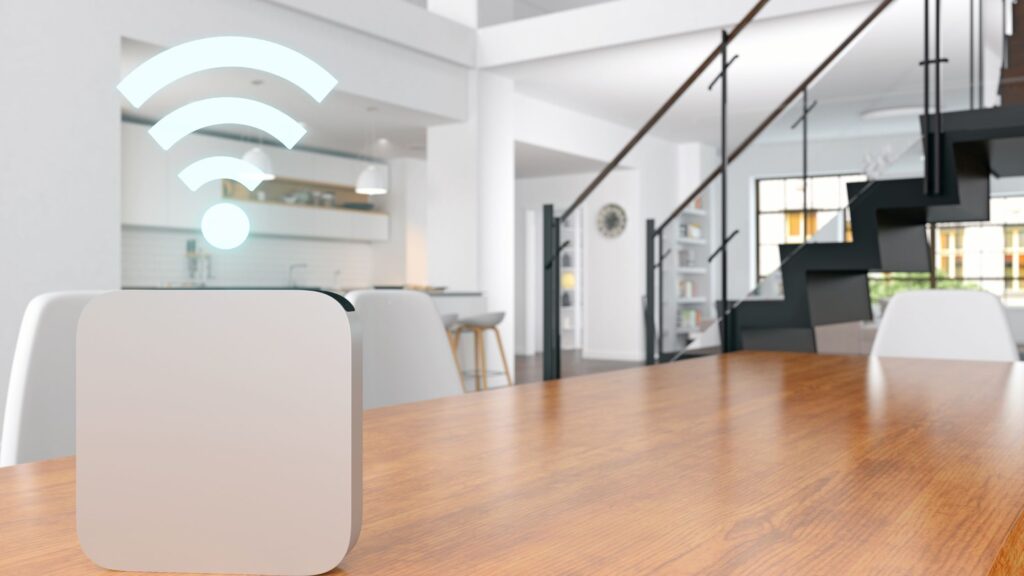
Embarking on the journey of selecting the perfect smart devices can be like walking into a tech candy store, a little overwhelming but exciting! The key here is not to be swayed by the latest gizmo or gadget but to align your device selection with your predetermined smart home goals.
For bolstering security, smart locks, doorbell cameras, and advanced security systems should be your go-to options. They not only fortify your home’s security but also provide peace of mind, knowing you’re protected around the clock.
In your pursuit of energy efficiency, smart lighting, thermostats, and smart plugs are fantastic choices. They are not just eco-friendly but also wallet-friendly, as they play a significant role in slashing those hefty utility bills.
Seeking convenience? Look no further than smart speakers, voice assistants, and automated home cleaning systems like robotic vacuums. These devices are designed to take the grunt work out of daily chores, freeing up more time for you to spend on what truly matters.
Remember, the objective here isn’t to cram your space with the most high-tech devices but to purposefully select those that streamline your day-to-day living and resonate with your lifestyle. So, choose wisely and let technology work its magic!
Installation and Configuration of Devices
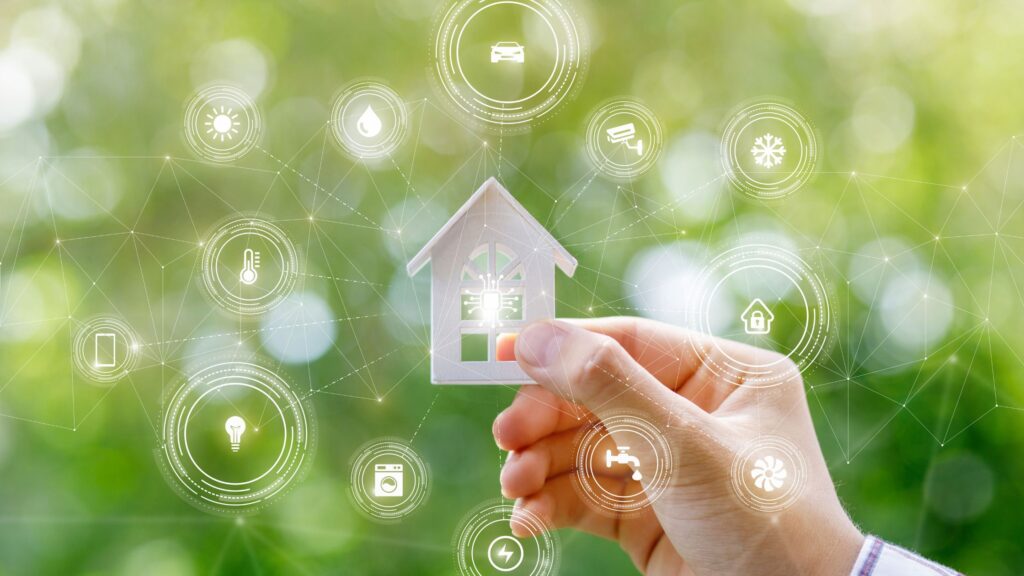
Alright, you’ve picked out your devices. Now what? It’s time for the next step on this smart home adventure – setting up your shiny new tech toys! Don’t worry, it’s not as daunting as it might sound. Many of these smart devices come with comprehensive instructions to guide you through the installation process and make it as smooth as butter.
For gadgets like smart bulbs, plugs, or speakers, installation can often be as simple as plugging them in and pairing them with your smart home hub. However, some devices, particularly intricate systems like home security setups or automated home theater systems, may call for a little extra help. These often involve intricate wiring or specialized setup procedures, which might be a little tricky to handle on your own. In such cases, don’t hesitate to call in the professionals. They’re well-versed in this tech language and can have your system up and running in no time, ensuring it’s installed correctly and works efficiently.
Once your devices are physically installed, it’s time to get them talking to each other. This is where your smart home hub steps into the spotlight. Pair each device with your hub, following the manufacturer’s instructions. This may involve downloading a specific app, entering a code, or pressing a combination of buttons on the device. Whatever the process, be patient and methodical. This is a crucial step to ensure seamless functioning of your smart ecosystem.
Remember, the goal here isn’t just to install these devices; it’s to configure them in a way that they work in harmony, like a well-orchestrated symphony, making your home more intuitive and responsive to your needs. So, embrace this setup stage as an exciting part of your smart home transformation journey!
Familiarizing Yourself with the System

Now that your devices are up and running, it’s time to become the maestro of your smart home orchestra. It’s all about getting to know your system better, learning the ropes, and understanding the full potential of your newly-transformed smart home. Explore the unique capabilities of your devices, fiddle around with the settings, and unlock their full potential.
Here’s where your journey to automation truly begins. Dive into the world of routines or schedules. Maybe you’d like your coffee maker to start brewing at 7 AM, or perhaps you want your lights to automatically dim when it’s time for your favorite show. By setting up routines, you are essentially teaching your home to adapt to your daily schedule, adding a layer of personalization and convenience to your life.
Your smart home hub’s app is your command center, your control panel, the epicenter of your smart home operations. Spend some time familiarizing yourself with its user interface. Understand how to navigate through the app, customize settings, and effectively control your devices. Remember, this isn’t just an app, it’s your key to unlocking a truly smart living experience.
Don’t rush through this process. Let your curiosity lead the way and take the time to experiment. Find the perfect thermostat setting for a cozy evening, or the ideal brightness for your smart bulbs during your morning routine. Every setting, every adjustment brings you one step closer to creating a home that’s more than just a living space; it’s a responsive, intuitive ecosystem that’s perfectly tailored to your lifestyle.
In this stage of the journey, your patience and curiosity will pay off. The more you explore, the more personalized and efficient your smart home becomes. So, don’t just use your smart home, truly understand it. Make it an extension of yourself, a reflection of your lifestyle, and a testament to the comfort and convenience that technology can bring. After all, the best maestro is one who understands his orchestra.
Ensuring Your Smart Home is Secure

While reveling in the comfort and convenience of your smart home, it’s equally crucial to safeguard it from potential cyber threats. Any device connected to the internet is a potential gateway for hackers to sneak into your private space, making cybersecurity an absolute must in your smart home journey.
First and foremost, fortify your digital walls with strong, unique passwords for each device. Your password is the first line of defense, and making it robust goes a long way in keeping unwanted guests at bay. Keep in mind to change these passwords regularly to keep hackers guessing.
Updates are not just about adding new features or improving device performance; they often include important security patches to cover potential vulnerabilities. Ensure you stay on top of these updates. They’re like vaccinations for your devices, protecting them from potential threats.
Consider investing in a secure home network system, which is like a private, secure tunnel for all your smart home communication. A Virtual Private Network (VPN) can further strengthen your security. It hides your devices’ IP addresses, making them invisible to hackers on the hunt.
In the end, remember that your smart home, just like any other valuable possession, needs to be protected. Implement these measures and enjoy peace of mind, knowing you’re not only living smart but also living securely. After all, a safe home is a happy home!
